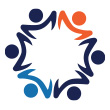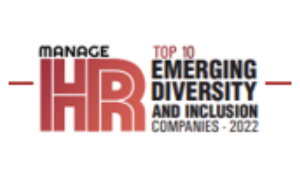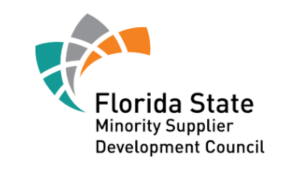What Is Implicit Bias?
We all have biases — unsupported assumptions we make about people or groups. Implicit bias, also commonly known as unconscious bias, refers to the various social stereotypes and judgments that people unknowingly assign to others based on a variety of factors, such as their age, socioeconomic status, weight, gender, race, or sexual orientation. And while these biases aren’t always negative, they’re shaped by a survival instinct that causes people to associate with people they perceive to be similar to them, because they’re deemed to be “safe.”
Examples of unconscious biases are present throughout our personal and professional lives. In Blink: The Power of Thinking Without Thinking, Malcolm Gladwell notes that in the general population, roughly 3.9% of adult men are 6 foot, 2 inches or taller. Yet among a random sampling of CEOs, he found that nearly a third, or roughly 33.3%, fell into this group.

Recognizing & Responding to Implicit Bias
These eight tactics, which spell out “IMPLICIT,” can help you mitigate your own implicit biases:
• Introspection: Explore and identify your own prejudices by taking implicit association tests or through other means of self-analysis.
• Mindfulness: Since you’re more likely to give in to your biases when you’re under pressure, practice ways to reduce stress and increase mindfulness, such as focused breathing.
• Perspective-Taking: Consider experiences from the point of view of the person being stereotyped. You can do this by reading or watching content that discusses those experiences or directly interacting with people from those groups.
• Learn to Slow Down: Before interacting with people from certain groups, pause and reflect to reduce reflexive actions. Consider positive examples of people from that stereotyped group, such as public figures or personal friends.
• Individuation: Evaluate people based on their personal characteristics rather than those affiliated with their group. This could include connecting over shared interests.
• Check Your Messaging: As opposed to saying things like “we don’t see color,” use statements that welcome and embrace multiculturalism or other differences.
• Institutionalize Fairness: Support a culture of diversity and inclusion at the organizational level. This could include using an “equity lens” tool to identify your group’s blind spots or reviewing the images in your office to see if they further or undercut stereotypes.
• Take Two: Resisting implicit bias is lifelong work. You have to constantly restart the process and look for new ways to improve.
Charlotte Hughes is CEO of Inclusive Leaders Group, LLC a Black woman-owned boutique strategic consulting and training firm specializing in DEI as a business strategy. Charlotte provides, strategy development, training on; implicit bias, microaggressions, allyship inclusive leadership development, and keynotes.










